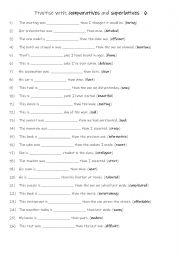
|
A1+-A2 Practise with comparatives and superlatives 6
Students read the sentence and complete the sentence with the correct form of the given adjective in (). Each form is used 13 times! Answers on page 2.
Level: elementary
Age: 8-100
Type:
Downloads: 108
|
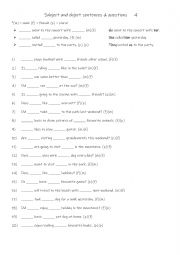
|
Subject and object sentences & questions 4
Students complete the subject and object sentences & questions using the following key: *(m) = male (f) = female (p) = plural. Answers on page 2.
Level: elementary
Age: 8-100
Type:
Downloads: 108
|
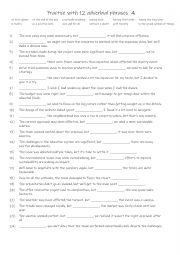
|
B1-C1 Practice with 12 adverbial phrases 4
Learning adverbial phrases are essential for effective and nuanced communication. These phrases allow students to organise ideas, express perspectives, and add emphasis or transitions in both spoken and written English. For instance, they can introduce initial impressions (at first glance), summarise a conclusion (at the end of the day), shift focu...
Level: intermediate
Age: 12-100
Type:
Downloads: 108
|
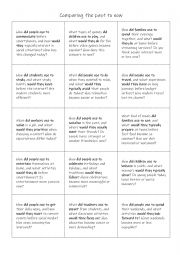
|
Comparing the past to now
25 generic questions relating to the past. For pair work or small groups.
Level: elementary
Age: 9-100
Type:
Downloads: 108
|
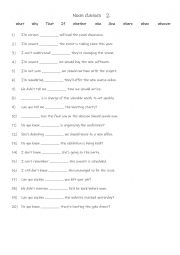
|
Noun clauses 2
Students complete the gap-fill with the correct word. Each word is used 2 times! Answers on page 2.
Level: elementary
Age: 8-100
Type:
Downloads: 108
|
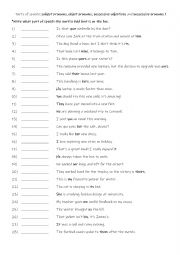
|
Parts of speech subject pronouns, object pronouns, possessive adjectives and possessive pronouns 1
Learning subject pronouns, object pronouns, possessive adjectives, and possessive pronouns is essential for clear and accurate communication in English. They help students construct sentences correctly, avoid repetition, express ownership, and make their speech and writing more natural and fluent. Mastering these elements also enhances comprehensio...
Level: elementary
Age: 8-100
Type:
Downloads: 108
|
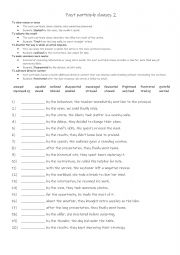
|
Past participle clauses 2
Students complete the gap-fill with the correct word. Answers on page 2.
Level: intermediate
Age: 11-100
Type:
Downloads: 108
|
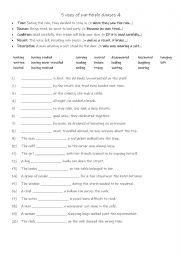
|
5 uses of participle clauses 4
Students should learn the five uses of participle clauses because they help create more concise, fluid, and sophisticated sentences. These clauses allow for the expression of time, reason, condition, result, and description in a shorter, more efficient way, making writing and speaking more dynamic and less repetitive. For example, participle clause...
Level: elementary
Age: 8-100
Type: worksheet
Downloads: 108
|
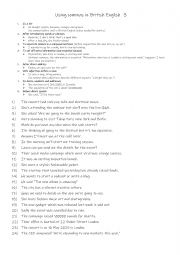
|
Using commas in British English 3
First, students need to familiarise themselves with the 8 reasons why a comma is used. Then they read the sentences and punctuate them accordingly. Answers on page 2.
Level: elementary
Age: 10-100
Type:
Downloads: 108
|
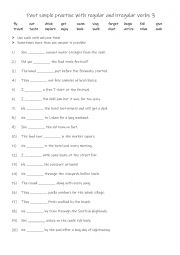
|
Past simple practise with regular and irregular verbs 3
Students first familiarise themselves with the 20 verbs. Then they complete the gap-fill with the correct form of that verb. Answers on page 2.
Level: elementary
Age: 8-100
Type:
Downloads: 108
|












